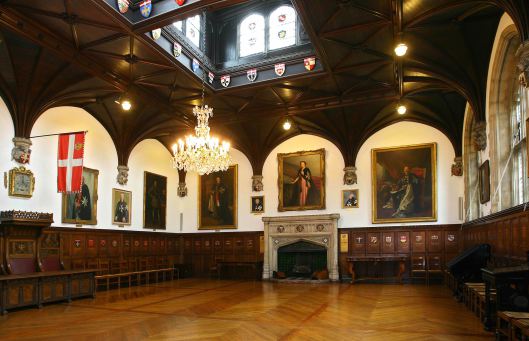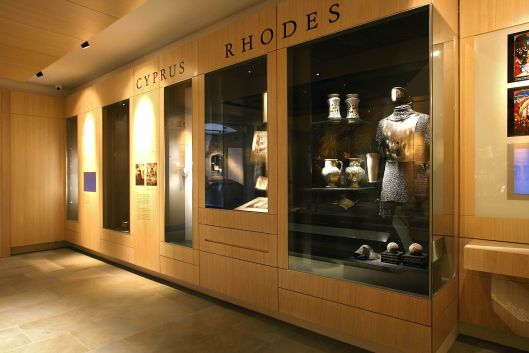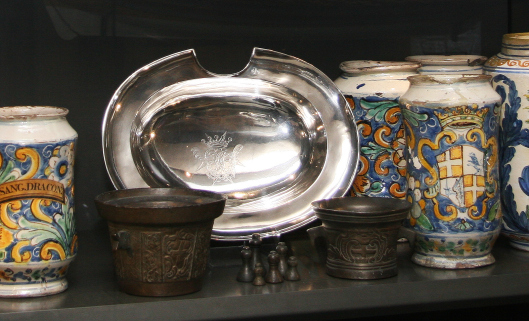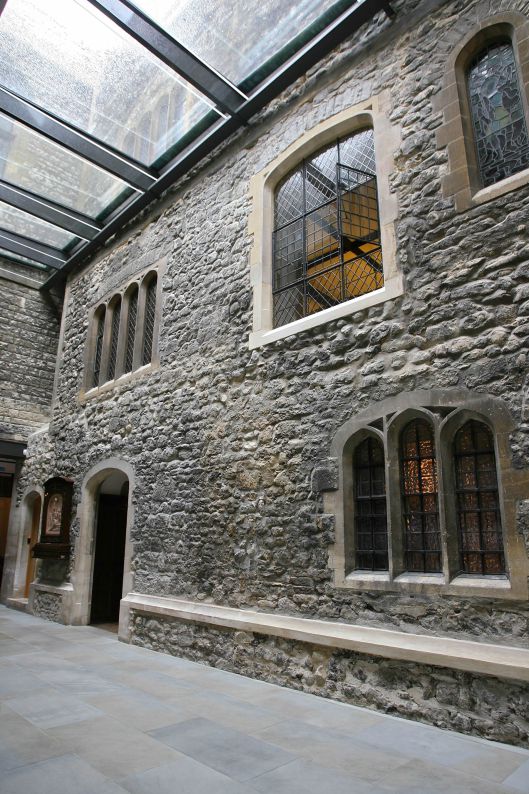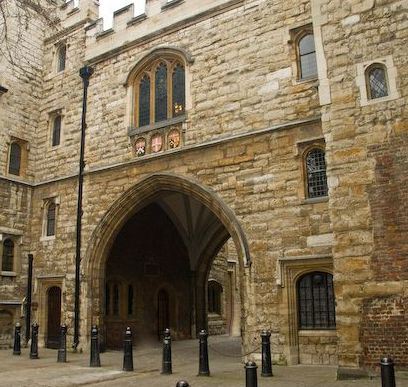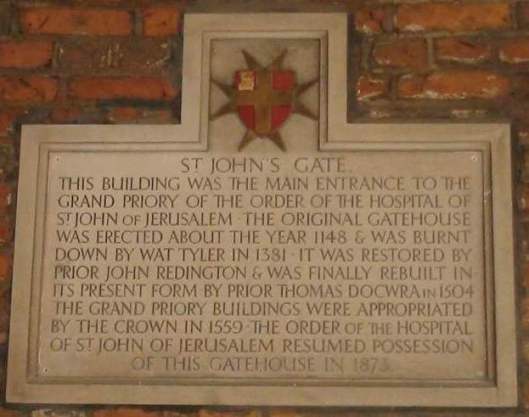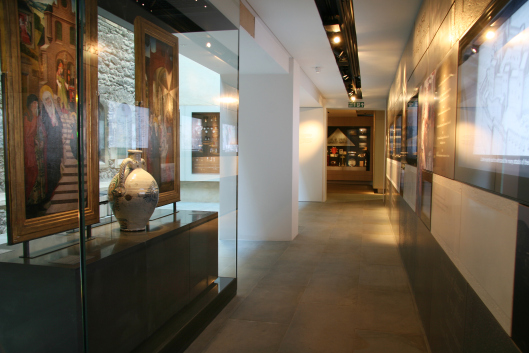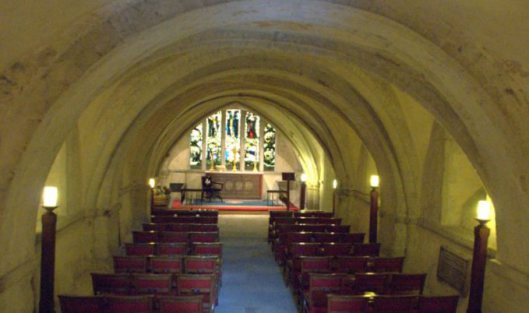Most of us are familiar with stories of Crusaders and Knights from the 11th and 12th Centuries, with the city of Valletta (the capital of Malta), and with the St. John’s Ambulance Service - but maybe not how they are connected. The Museum of the Order of St John connects them for us - telling the fascinating history of the Order of St John from its origins in 11th Century Jerusalem through to the present day.
History: By the early 11th Century a brotherhood of monks had established a hospital in Jerusalem to care for any pilgrims to the Holy Land who needed health care, regardless of their race or faith. The workers at this hospital, known as Hospitallers, were officially recognised by the Catholic Church in 1113 as a new religious Order. Once Jerusalem fell to the Crusaders, the Hospitallers also assumed a military role under Papal orders. They became known as the “Knights of the Order of St John of Jerusalem”. They came from all over Europe and helped defend the independent crusader State in the Holy Land, becoming one of the most well known Christian military Orders of the Middle Ages.
When Palestine fell to Islam in 1291, the Order moved its headquarters to Cyprus and then to Rhodes in the Aegean, where it ruled as Sovereign. After the Ottoman Empire’s successful Siege of Rhodes (1522), the Knights were given the island of Malta to use as their headquarters, which they operated under the Viceroy of Spain. They defended the island from the Ottoman Empire successfully in 1565 during the Great Siege of Malta. Following the Siege, the Knights built Valletta as their new capital. The Order continued to fortify the city and develop the island until 1798, when Napoleon captured the island and the Order was forced to out, leaving behind their dominant structures.
Dissolution in England: Around 1140 the Order had been granted a 10 acre site in London’s Clerkenwell district, where they built a grand medieval priory which served as their English headquarters. However, the English Order was dissolved by Henry VIII in 1542 as part of his Reformation of the Church. A few structural parts of this great priory survive (see below). While the Order continued its operations in much of Europe it was weakened by the Protestant split from the Catholic Church.
Today: By the 19th Century, the Order of St John sought a new role to play in Britain, consistent with its founding principles. In 1877, the St John Ambulance Association was founded, providing training in First Aid. 10 years later, the St John Ambulance Brigade was founded as a volunteer uniformed First Aid service for the public. Queen Victoria rewarded this work with a Royal Charter establishing the Most Venerable Order of St John. As a result of the work of this British Order their humanitarian work has spread around the world to over 300,000 members in 42 countries. In addition to ambulance and aid services, they also run the St. John Eye Hospital in Jerusalem. Members of the Order number over 300,000, including well known humanitarians such as Nelson Mandela.
The Museum: The Museum occupies two sites in Clerkenwell: St John’s Gate, which dates from 1504; and the Priory Church of St John (now a parish church) with its surviving 12th Century Crypt. The Gate is a Tudor structure built not long before the Priory was dissolved. For a while it was the office for the Master of the Revels where licenses for public entertainment were granted. Here 26 of Shakespeare’s plays were granted licenses for performance. Later it was the childhood home of painter William Hogarth, whose father ran a coffee-house in the Gate. Eventually it became a pub, the Old Jerusalem Tavern. In 1870 the building was purchased by the Order to house their museum.
The museum’s collections and archives include paintings, decorative arts & armour. Collection highlights included a Flemish altarpiece that stood in the Priory church, a magnificent missal (liturgical book) from the island of Rhodes, a cannon given to the Knights by Henry VIII & Maltese silver.
The only other surviving part of the original Priory is the church’s magnificent 12th Century crypt, to the north of the Gate. It is one of only a few remaining Norman structures in London. In the ground, in front of the church, is the outline of the original round church from 1185.
Aside from touring the museum, lunchtime talks occur throughout the year. There is also the St John Historical Society (founded in 1981) that studies the history of the Order and of the other military orders. Anyone can join and regular meetings and activities are held. See website for details: http://www.museumstjohn.org.uk/
Hours: The museum is open Mon-Sat 10-5. Tours are available on Tues, Friday and Saturday at 11am and 2:30pm, lasting about 80 mins. Admission to the museum is free. Guided tours are available for a suggested donation of £5.
Located at: St John’s Gate, St John’s Lane, Clerkenwell, EC1M 4DA
Closest Tube: Farringdon

